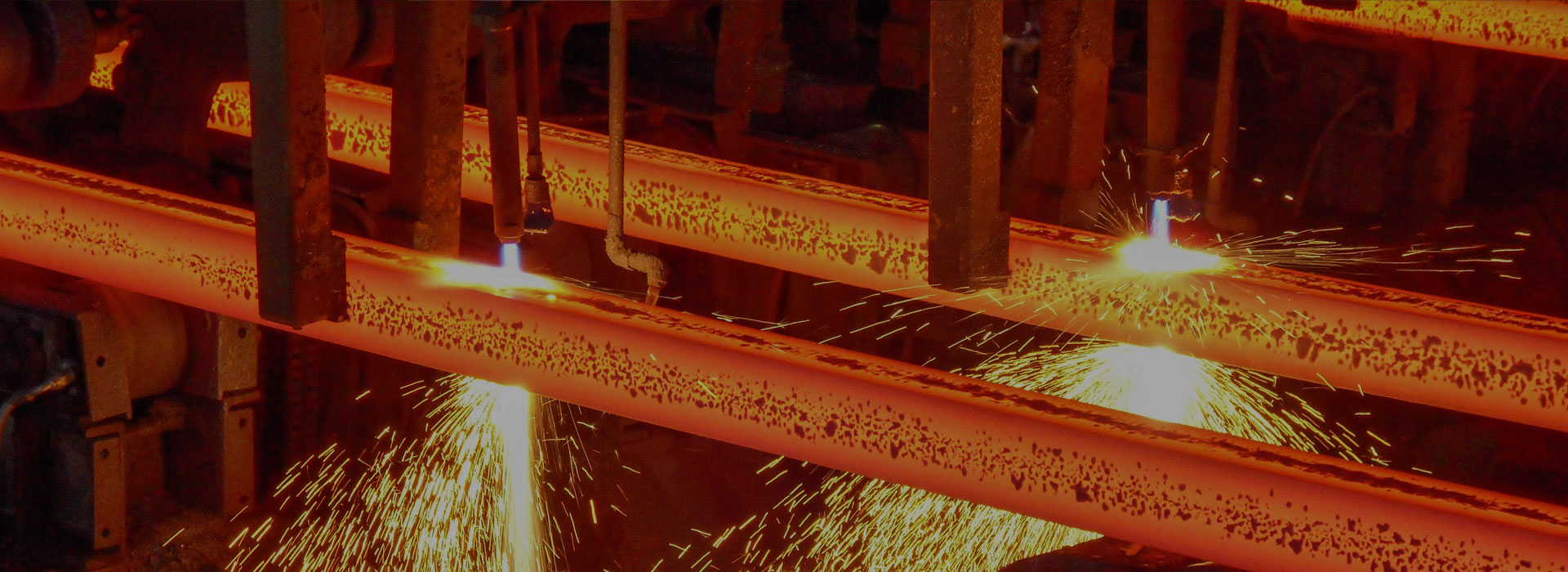Performance specifications for agricultural machinery castings?
2023-08-07

Agricultural machinery castings are metal shaped objects obtained through various casting methods, that is, molten liquid metal is injected into a pre prepared mold through pouring, injection, suction, or other casting methods. The product is then cooled early and polished by subsequent processing methods to obtain objects with a certain shape, size, and performance. Let's talk about its performance below.
The application history of agricultural machinery castings is long. The ancients used castings to make and some household utensils. In modern times, castings are mainly used as blanks for machine parts, and some fine castings can also be directly used as machine parts. Actually, everyone should understand that castings account for a large proportion in mechanical products. For example, in tractors, the weight of castings accounts for approximately 50-70% of the total weight, agricultural machinery accounts for 40-70%, and machine tools, internal combustion engines, etc. account for up to 70%. About 90%. Among various types of castings, mechanical castings have a wide variety of complex shapes and large amounts, accounting for approximately 60% of the total production of castings. Secondly, there are ingot molds for metallurgy, pipelines for engineering, and some tools in daily life. In terms of performance, agricultural machinery castings are actually theoretical metal liquid forming of castings, often referred to as castings, with a long history of forming technology. As early as over 5000 years ago, our ancestors were able to cast copper and bronze products. Ordinary casting is a widely used metal liquid forming process. Agricultural machinery castings are a method of pouring liquid metal into the mold cavity, cooling and solidifying to obtain a certain shape of blank or part.
The advantage of agricultural machinery castings is that they can produce blanks with complex cavities and shapes. Such as various boxes, bed bodies, cylinder bodies, cylinder heads, etc. Especially its process flexibility and wide adaptability. The size of liquid formed parts is almost unlimited, with weights ranging from a few grams to hundreds of tons, and wall thicknesses ranging from 0.5mm to 1m. In industry, any metal material that can be melted into a liquid state can be used for liquid forming. For cast iron with poor plasticity, liquid forming is a method of producing blanks or parts. In addition to these, it is also important to note that the cost of liquid molded parts is relatively low. Liquid forming can directly utilize waste parts and chips, with low equipment costs. At the same time, the processing allowance of agricultural machinery castings is small, saving metal. However, some metal processes are complex and difficult to finely control, resulting in unstable casting quality. Compared with forgings of the same material, agricultural machinery castings are prone to defects such as shrinkage, porosity, and porosity due to their loose liquid forming structure and coarse grain size. Its mechanical performance is relatively low.



